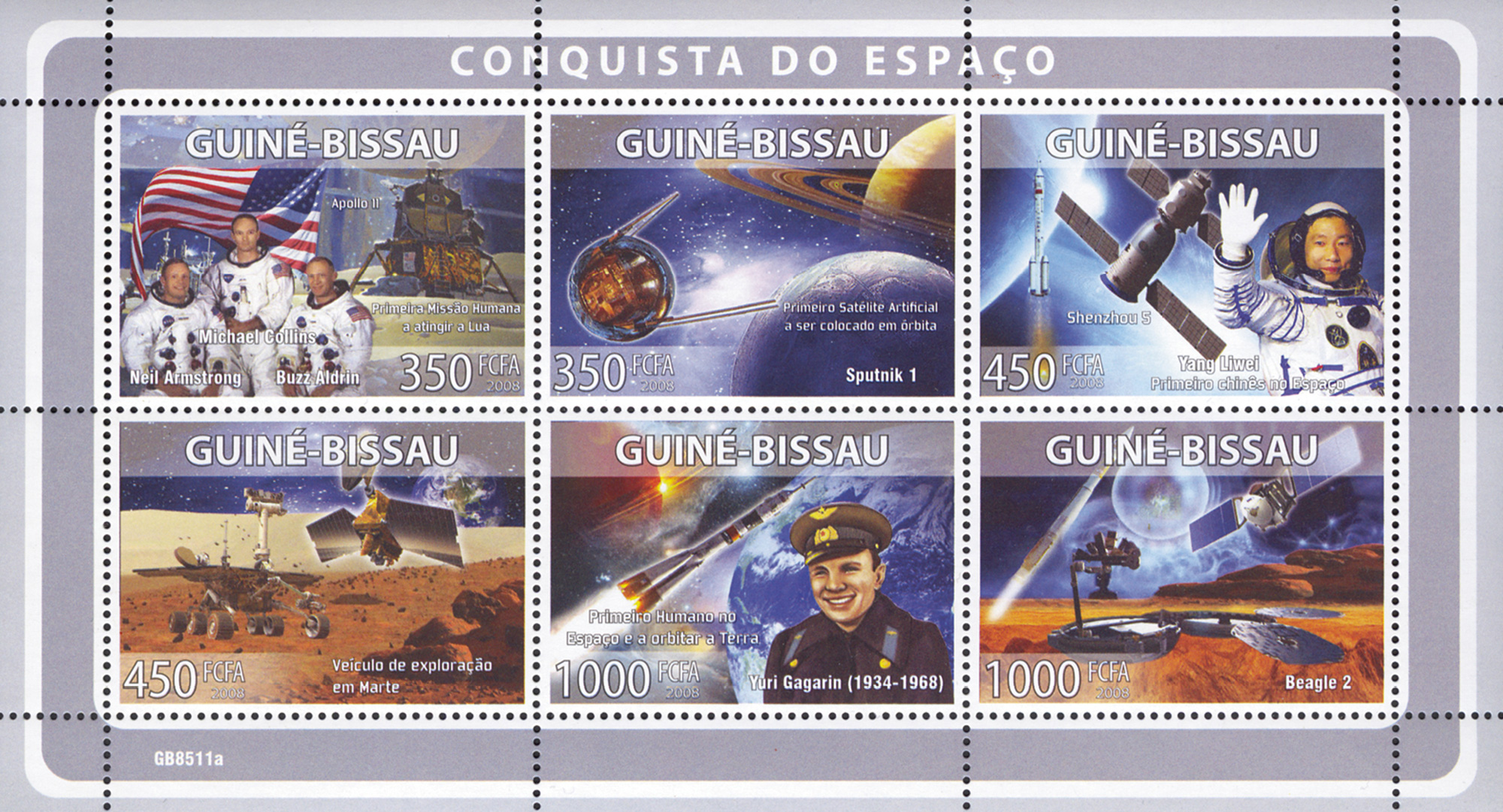Stamps of Approval
Celebrating the achievements of others
George Pendle

In 1897, the Society for the Suppression of Speculative Stamps (S.S.S.S.) exhaled its last harrumph and closed its doors after less than three years of frustrated existence. Formed by a coterie of eminent stamp collectors, the S.S.S.S. had been created to counter an invidious threat to the peaceful world of philately—the rise of the unnecessary stamp.
Traditionally, stamps were “definitives,” that is they carried simple utilitarian designs, they were available for sale for an extended period of time, and they were intended primarily for everyday postage needs. But in 1893, the United States Postal Service issued a set of sixteen stamps depicting various events in the life of Christopher Columbus to coincide with the World Columbian Exposition in Chicago. Ornate, expensive ($16.34 per set, around $400 in today’s money), and available for only one year, the Columbine issue is often deemed the world’s first “commemorative” set. Seemingly harmless, it stirred the placid waters of philately into a tsunami of outrage.
It was, after all, the golden age of stamp collecting, and some saw this prohibitively priced set as a way of gouging collectors hooked by the completist yearnings of their hobby. Even Congress passed a resolution rebuking the Postmaster General for the issuance of “unnecessary stamps.” And so it was that the S.S.S.S. was formed to warn collectors of any future stamp-issuing lunacy that might occur.
But the United States Postal Service was not alone in pursuing the philatelic dollar with picturesque limited edition sets. Commemorative issues were flooding into the market from small quasi-independent states located across the globe. Wily speculators would approach, say, the Raja of Bashahr, and pay the ruler for the privilege of issuing a limited supply of new stamps bearing his domain’s name. The speculator then advertised these stamps to the Western world and he and the raja would wait for the spondoolies to roll in.
For the S.S.S.S., bastion of the stamp-collecting establishment, this was sacrilege. How, they argued, could their members enjoy their painstakingly accumulated collections of officially issued stamps when every day their achievements were belittled by the infusion of synthetic rarities? So it was that the S.S.S.S. decided to release a newsletter naming and shaming every bogus speculative stamp that had been recently issued and advising the philatelic world to boycott them.
Alas, the S.S.S.S.’s puritanical scrupulousness proved to be their undoing. While they and established philatelists worldwide may have been unhappy with the raja’s stamps, the thousands of new collectors who flooded into the hobby every day were desperate to add some allure to their humdrum collections. So it was that the cautionary circulars that the S.S.S.S. distributed soon became treated as valuable inventories, their blacklist becoming a one-stop shop for the exotic and rare. Having fatally underestimated the feverish addiction of their own beloved hobby, the S.S.S.S. did the only thing it could do—it disbanded—and the commemorative stamp swiftly became acknowledged as a legitimate and lucrative part of th